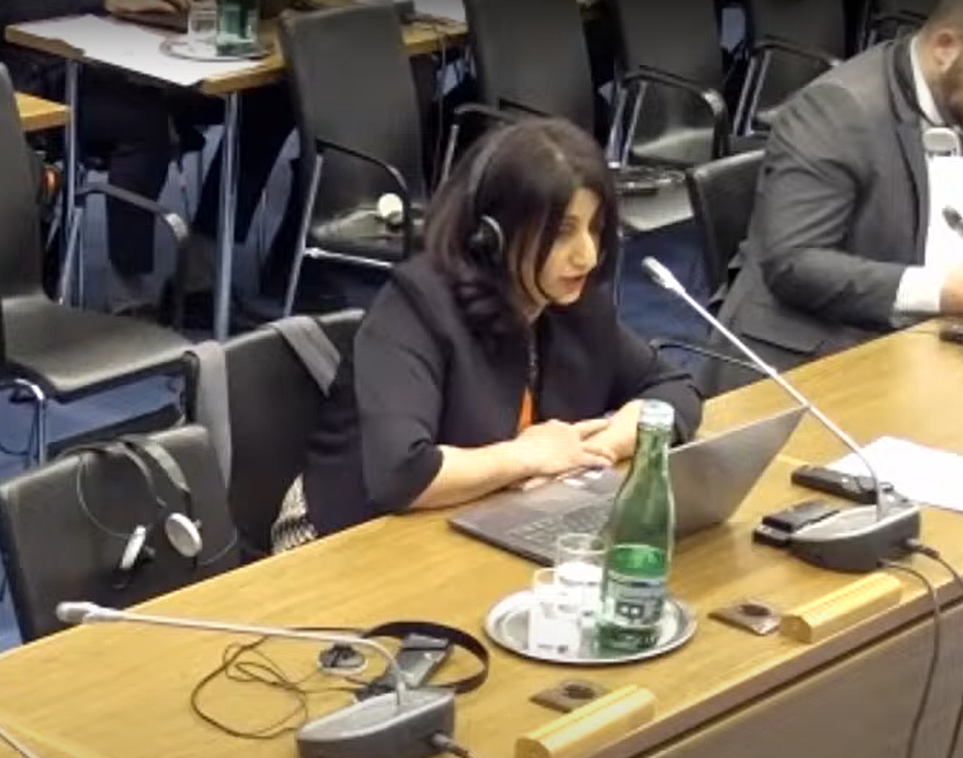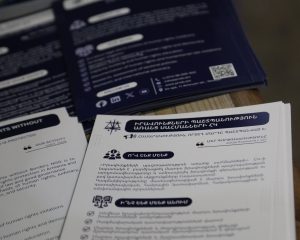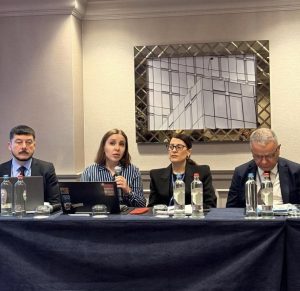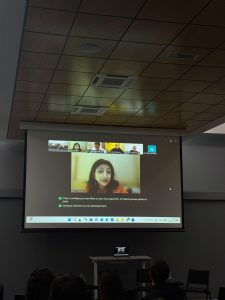

Statement
We, the undersigned civil society organisations and individuals, express our

The speech by PRWB legal expert Anna Melikyan at the OSCE/ODIHR Human Dimension Conference on March 17, 2025, dedicated to the topic: “The Role of the Media in Conflicts and Humanitarian Crises: Addressing International Humanitarian Law and International Human Rights Law.”
During hostilities, journalists are witnesses of acts of war, and their work is essential in informing the public but also for those like me and my colleagues working to document violations of IHL and human rights to push for accountability for war crimes.
Any attacks on journalists must be subject to an effective investigation, and parties to the conflict must make sure that their personnel are trained to distinguish journalists as civilians and not to target them.
This was not the case in Azerbaijan where authorities admitted the attacks but instead of refraining from unlawful actions, they bragged that this was in retaliation for accessing the war-torn territory from Armenia, seemingly as a way to discourage international media representatives to independently cover the events. On the other side of the frontline, Azerbaijani authorities allowed access to only selected media representatives in a very tightly control manner, meddled in communication between journalists and ordinary citizens, undermining the freedom of media.

We, the undersigned civil society organisations and individuals, express our

The Protection of Rights Without Borders team participated in the

On December 4, Hasmik Harutyunyan, Legal Expert at the Protection

On November 25, IPAS legal expert Anna Melikyan participated in